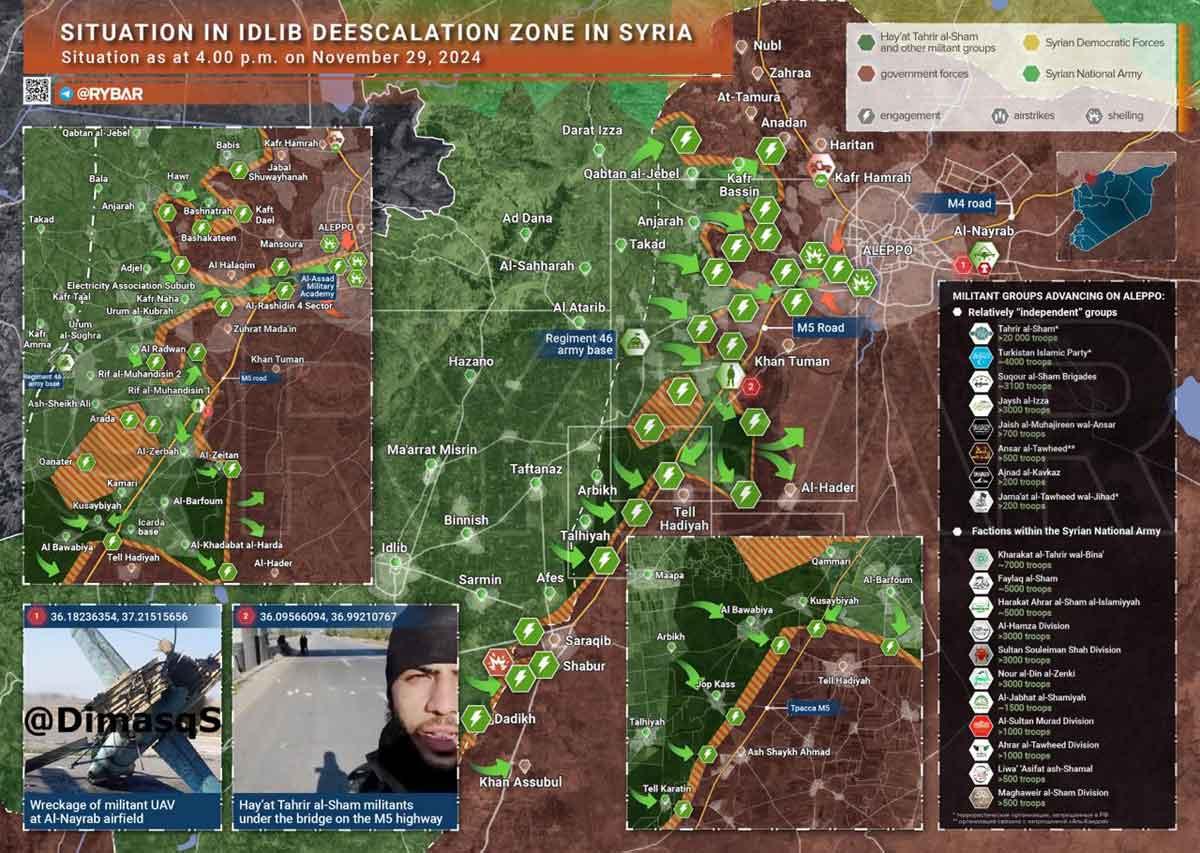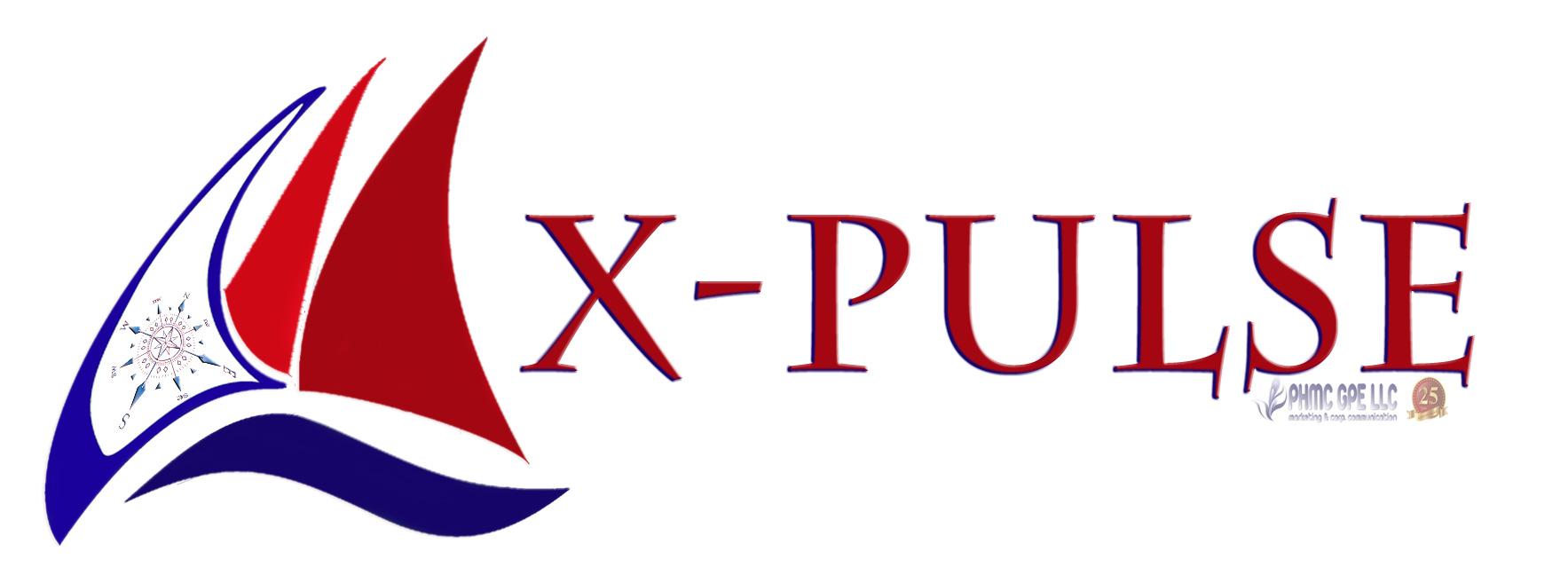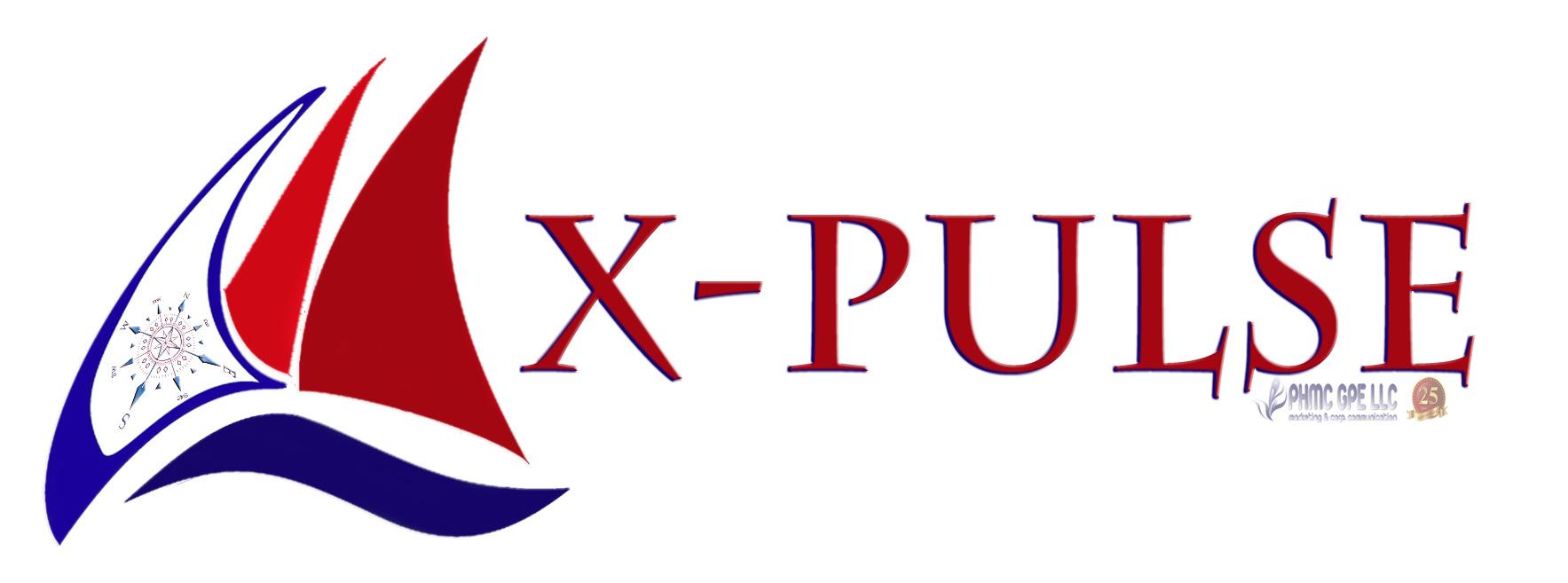The Syrian arena in a nutshell - who is against who?
Postado 2024-11-29 19:38:10
0
4K

The Syrian civil war, which began in 2011, quickly turned into a multi-national, terrorist war. Eran Malka will try to explain who is who.
The Assad regime represents the official forces of the Syrian government, government agencies and the national army.
Main forces:
- The Syrian Arab Army (SAR): A government army with a broad military structure, but in practice has proven weak in the fight.
- The National Defense Forces (NDF): Has a paramilitary structure consisting of local militias, established by the Iranian Quds Force and financed by the Iranians.
COUNTRIES SUPPORTING THE ASSAD REGIME
- Russia: Since 2015, it has been protecting the Assad regime militarily and diplomatically. The Russian army supports the Assad regime through the air force and mercenary groups (such as Wagner).
- Iran: Supports the Assad regime with ground forces, weapons and trained fighters -Fatemiyyun of Afghanistan, Zainabion of Pakistan, Imam Hussein militia, Ansarallah (Houthi) of Yemen, Lebanese Hezbollah, Al-Khashid Al-Shaabi of Iraq with the support of the Islamic forces.
- Lebanese Hezbollah is the strongest non-governmental ally of the Assad regime.
THE MAIN OPPOSITION GROUPS FIGHTING AGAINST THE ASSAD REGIME
- The Free Syrian Army (FSA): This army was established in 2011 as the main force of the Syrian opposition, supports it and operates mainly in areas under Turkish influence (Al-Bab, Afrin, etc.). The group's weapons, training and supplies are provided by Turkey.
- Syrian Democratic Forces (SDF/YPG): A Kurdish-led group. The YPG is the main group. Mazloum Kobani is the commander-in-chief of the YPG, and this group is known as the main ally of the United States in the fight against ISIS. Turkey considers the YPG a terrorist branch of the PKK (the Kurdish underground) in Syria.
- Haredin: A group loyal to Al-Qaeda (Sunni) that competes with Hayat Tahrir al-Sham. The groups are in conflict with each other.
- Hayat Tahrir al-Sham: A faction led by al-Julani (Sunni) and advocates the Islamic State theory.
INTERNATIONAL INFLUENCES AND COLLABORATIONS
- The YPG receives weapons and air support from the United States. Although the Free Syrian Army was initially supported by the United States, the focus later shifted to the YPG/SDF.
- The Americans are mainly located in eastern Syria, in oil and gas fields, with the exception of one base in the south (Al-Tanf) - their justification is the fight against ISIS.
- Dozens of gas and oil trucks leave the areas controlled by the Americans every day and are transported to Iraqi territory without financial compensation to Syria.
- Russia supports the Assad regime politically and militarily, but also cooperates with Turkey to a certain extent (within the framework of the Astana process) and is also a party involved in Syria.
- Iran supports the Assad regime through the Shiite militias and is openly hostile to the Sunni opponents of the Assad regime. Iran also supports the Assad regime economically - the estimated debt to the Iranians today exceeded the $80 billion mark this year.
- Israel attacks the militias of Iran and Hezbollah in Syrian territory in order to limit their influence and the smuggling of weapons through Iraq.
***

Pesquisar
CryptoCurrency Rates
Categorias
- Art
- Causes
- Analysis
- Cloak & Dagger
- Economy - Finance
- Health
- Literature
- Music
- Outro
- News & Politics
- Real Time Facts
- Sports
Leia Mais
New revelations about the sabotage of the Nord Stream pipelines
The German publication Der Spiegel published another sensational report about the blowing up of...
[PART #2 - Unit 504] The IDF shadow on the battle field
Unit 504 is one of the most secret units that deal with intel inside the Arab population,...
IDF Fighting Terrorists in Tulkarem in Extended Operation
Israeli forces have been operating in the Palestinian Authority city of Tulkarem for more than 30...
What we know about political crisis in Madagascar
The lower house of Madagascar's parliament has voted to remove President Andry Rajoelina from...
Biden Awards Presidential Medal of Freedom to Nazi Collaborator
“It is a sort of disease when you consider yourself some kind of god,” George Soros...
© 2025 X-Pulse, the HO1 Think Tank
 Portuguese
Portuguese



